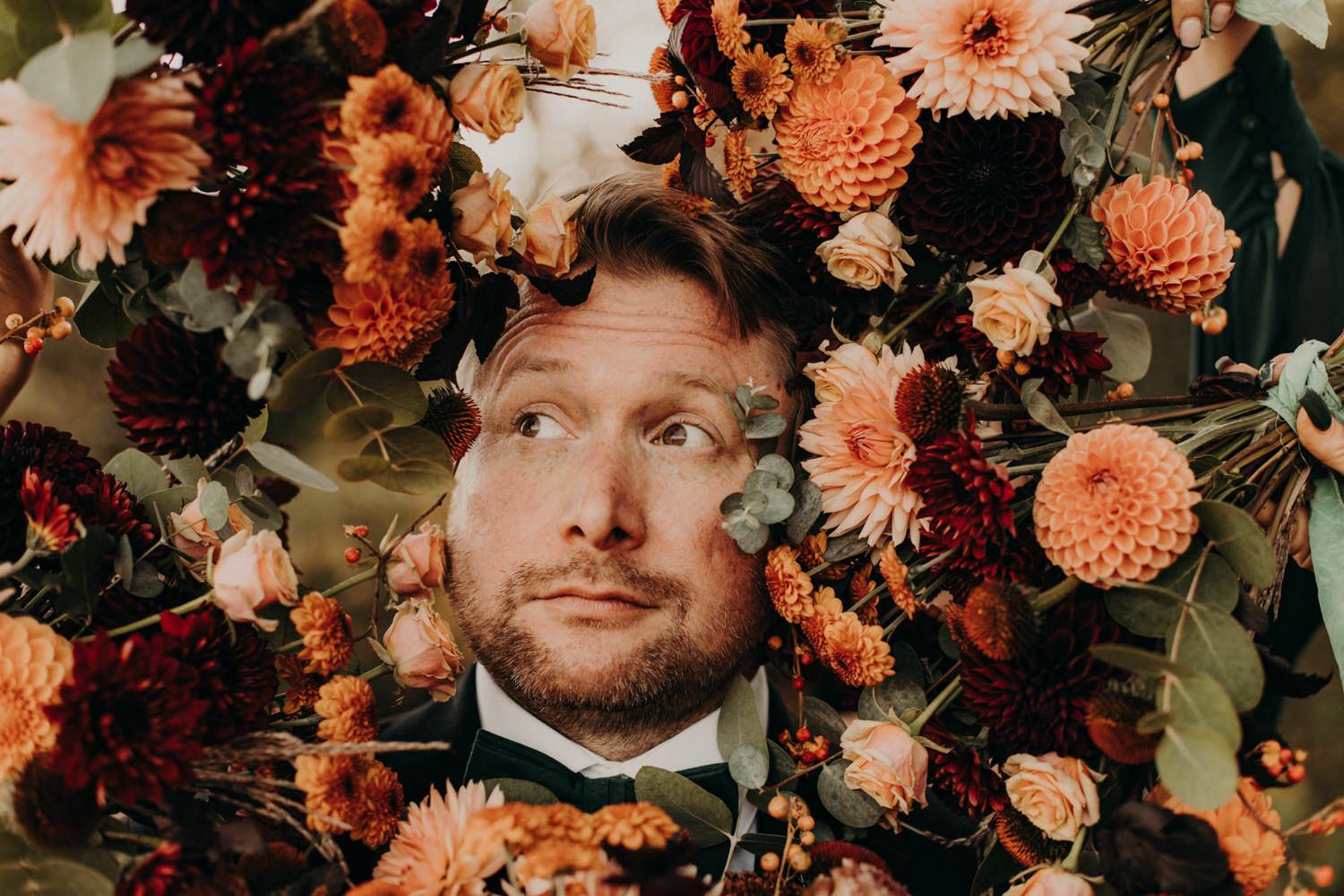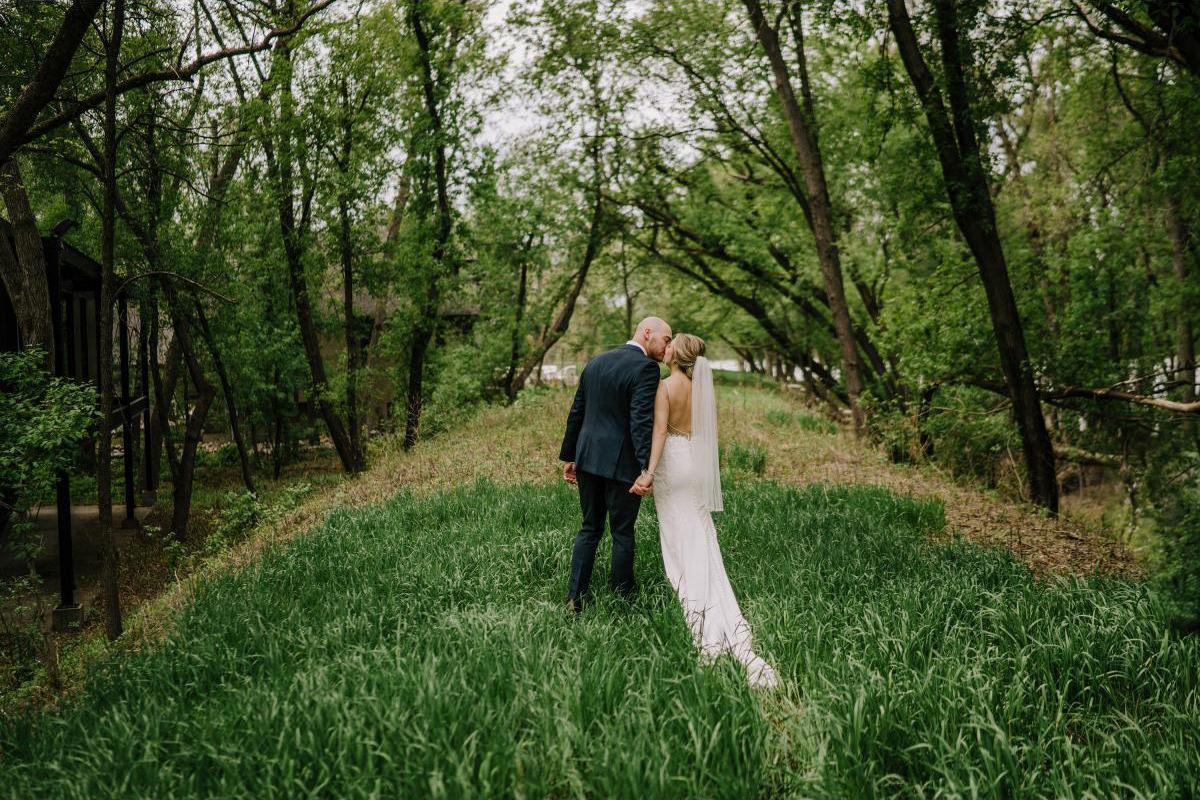From private albums to public timelines, the internet didn’t just change how wedding photography is shared—it changed what we expect it to look like.
Few forces have shaped wedding photography as dramatically as the digital age. In the past two decades, online platforms have transformed how photographers market themselves, how couples find inspiration, and how entire weddings are styled, staged, and remembered.
Here’s how the internet—and Instagram in particular—reshaped the way we capture love.

The Blogging Boom (2005–2015): Weddings Go Public
In the mid-2000s, wedding blogs exploded in popularity. Sites like Style Me Pretty, Green Wedding Shoes, and Once Wed curated real wedding features from photographers around the world.
What Changed:
- Wedding photography became globalized—couples in Canada could draw inspiration from Italy, California, or Iceland.
- Photographers gained massive exposure through vendor credits and backlinks.
- Editorial storytelling and cohesive aesthetics became key to being published.
- Image curation became just as important as image creation.
This era elevated wedding photography to a new level of aspirational lifestyle content.

The Pinterest Effect: Mood Boards Become Blueprints
Pinterest launched in 2010, and suddenly, every bride and planner had access to thousands of curated ideas.
Impact:
- Photographers became style-setters, with their work repinned hundreds of thousands of times.
- Flatlay photography, golden hour shots, and tablescape details became wedding must-haves.
- Couples began asking for “this exact shot” based on what they saw online—challenging photographers to balance originality with expectation.
- Pinterest set the stage for a highly visual, trend-driven wedding culture.
Photographers were no longer just documenting weddings—they were influencing how they were designed.
Instagram and the Era of the Personal Brand
Instagram changed everything again when it launched in 2010:
- Photographers began using Instagram to showcase portfolio work and behind-the-scenes content.
- Hashtags like #justmarried, #fineartwedding, and #destinationwedding helped attract ideal clients.
- Couples now discover photographers through social search—not just Google or referrals.
- Instagram Stories, Reels, and Carousels allow photographers to show their personalities and process—building trust before a single inquiry.
Suddenly, a photographer’s feed wasn’t just about photos—it was their living storefront and calling card.

The Aestheticization of the Wedding Day
As social platforms encouraged visual curation, wedding photography became more stylized:
- Unplugged ceremonies emerged to protect image quality.
- Wedding details (shoes, flatlays, invitations) are arranged like editorial shoots.
- Some couples even ask photographers: “What time should we schedule things for the best light?”
- A strong Instagram portfolio now impacts who gets booked, published, and remembered.
This shift created both opportunities and pressure for photographers to deliver “scroll-stopping” content.
The Double-Edged Sword of Social Sharing
While the internet democratized wedding photography, it also brought new challenges:
- Photographers feel pressure to create viral content—not just meaningful work.
- Some moments are staged or repeated for the camera rather than captured authentically.
- The desire to “look good online” can overshadow the couple’s actual priorities.
- Social media burnout and comparison affect both clients and creatives.
Still, for many, these platforms offer connection, reach, and creative freedom previously unimaginable.

The Canadian Context
In Canada, photographers have leveraged the internet to:
- Build destination wedding brands in BC, the Rockies, and the East Coast.
- Connect with multicultural and LGBTQ+ couples seeking inclusive representation.
- Build referral networks through digital directories like CanadianWeddingPhotographers.com.
- Share behind-the-scenes content that reflects both artistic vision and lived experience.
The digital age has helped Canadian photographers expand their reach while remaining deeply personal.
What’s Next: The Post-Instagram Future
Looking ahead, wedding photographers are experimenting with:
- Reels and TikTok to reach younger clients
- Newsletter marketing for more direct connection
- AI tools for culling and editing, freeing time for storytelling
- New platforms that focus on community, not just performance
But the most enduring truth remains: great photography builds trust and emotion—online or off.
Related Reading in This Series:
- The History of Wedding Photography: How We’ve Captured Love Through the Ages
- From Posed to Candid: How Wedding Photography Styles Evolved
- The First Wedding Photographs Ever Taken
- Film vs. Digital: A Love Story in Two Formats
- The Rise of the Wedding Photographer as Artist and Brand
- The Role of Wedding Photography in Cultural Memory
- New Frontiers: Drone Photography, AI Editing, and the Future of the Craft